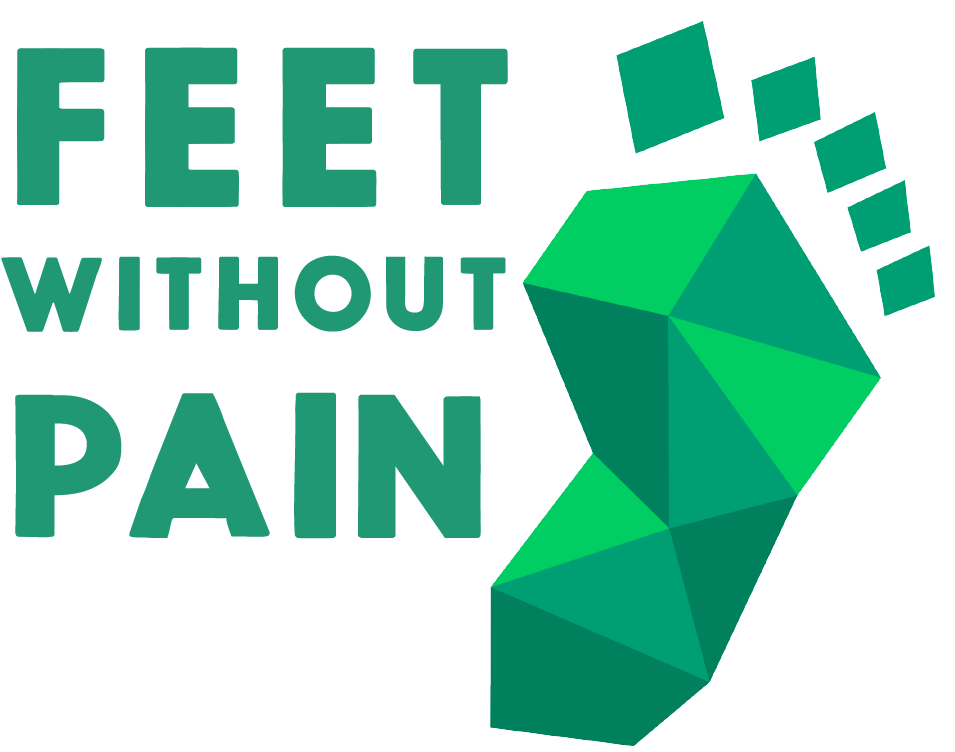Work and its relationship with feet, ankles and knees: a research
The research is available in PDF format. Click here to download the file.
Results
This research aims to understand the foot problems faced by workers in various sectors during their workday, as well as quantify the influence of these problems on people’s daily lives and company outcomes.
The survey was conducted online from March to May 2017 and was answered by 2,940 people from different sectors of the economy across Brazil. Two-thirds of the respondents are women and one-third are men, with ages ranging from 20 to 69 years, representing 95.5% of the sample. Regarding body mass index (BMI), it was observed that 44% of the population falls within the normal weight range. However, 49% of the population is overweight or obese.
Next, the type of work was characterized. In this aspect, 64.6% of the sample reported being employed, while 35.4% were self-employed. Regarding the positions they hold, approximately 50% have operational roles, 30% perform specialized activities (such as analysts, mechanics, electricians, etc.), and 20% have supervisory positions. While 80% of the sample works internally within companies, 20% engage in external activities.
Another aspect studied was the workload. People reported working an average of 5.31 days per week, with a daily working time of 8.82 hours.
Further delving into the study of the workday, it was identified that a significant portion of workers alternate between standing, sitting, and walking during their work. On average, respondents reported spending 4 hours sitting and 5 hours standing or walking.
Regarding footwear, the research indicated that women primarily use ballet flats (31%) as work shoes, while men mostly wear sneakers (26%).
To understand the relationship between foot problems and work, certain aspects were studied and related to the type of footwear, such as corns, blisters, fungal infections, and tingling sensations.
Regarding these relationships, it was observed that the footwear most associated with corns are women’s medium/high-heeled shoes, ballet flats, Oxfords, and steel-toed shoes. In terms of blisters and tingling sensations, the footwear most related to these problems was rubber/PVC boots, especially for women. This type of footwear, along with steel-toed boots, also showed a correlation with the development of fungal infections, although with a higher incidence among men.
As for foot swelling, 75% of the population reported experiencing swelling sometimes, always, or often, and only 7% use compression socks to control it. Clogs, both for men and women, and women’s rubber/PVC boots and steel-toed shoes were most associated with swelling.
These facts should be taken into consideration by employers and workers in industries since all food industries are required to use rubber/PVC boots, and all metallurgical industries are required to use steel-toed boots as personal protective equipment (PPE). Therefore, workers and employers should be aware of the risk of developing these problems in their feet.
Regarding specific foot, ankle, and knee pain, it was observed that there are more complaints of foot pain compared to ankle and knee pain. The average intensity reported was 4.98, 4.21, and 4.26 (on a scale of 0 to 10), respectively.
It is also noticeable that women experience more foot, ankle, and knee pain than men.
Interestingly, no significant relationships were found between pain and footwear. The intensity of pain remained relatively constant across all types of shoes.
However, important relationships were observed between time spent standing or walking and pain. It was found that people spend an average of 5 hours standing during their workday, and from just 3 hours of standing, 65% of people reported experiencing foot pain. Additionally, for each hour of standing, pain worsened. Therefore, it can be affirmed that the majority of the working population experiences foot pain during their workday.
Among the main practices for relieving pain, more women reported taking medication, while men indicated the use of insoles as the primary way to alleviate pain.
The research also studied the economic impacts on companies caused by pain and time spent standing or walking. The main aspects studied include reduced work pace, reduced attention to detail, desire to change positions, and absenteeism.
Regarding this, one of the most significant findings of the study was that the longer people stand and the greater their pain, the greater the negative impact on work. There is a lower work pace, reduced attention to detail, higher rates of absenteeism and accidents, and a desire to change positions.
For each hour spent standing, there is an average reduction in work pace of 3.2% for women and 2.6% for men. In other words, at the end of an 8-hour workday spent standing or walking, women are 25.6% less productive, and men are 20.8% less productive.
A similar relationship is observed regarding the aspect of reduced attention to detail, with a decrease of 21.6% for women and 15.5% for men.
Around 30% of the respondents expressed a desire to change positions due to foot, ankle, and knee pain. One-fifth of the sample reported having missed work at least once due to pain.
It was also possible to correlate the time spent standing or walking with work-related accidents. The research indicates that for each hour spent standing, the likelihood of an accident occurring increases by 0.73% for women and 0.54% for men.
These results provide impactful information for both workers and employers. Taking into account the time spent standing and, consequently, the workers’ pain can make a significant difference in the quality and productivity of companies.
In addition to these data, the respondents’ feet were also characterized. Among women, the most common shoe size falls between 34 and 39, while among men, it is between 38 and 44.
The research shows that 18.8% of people have feet that are wider than the norm, and 11.5% have narrower feet. More than a quarter of respondents claim that standard shoe widths do not fit their feet.
When observing foot type, 54.5% of the population reported having normal arches, 24% have high arches, 3% have very high arches, 15.7% have flat feet, and 2.8% have very flat feet. Flat feet showed a stronger association with pain.
The presence of bunions is more prevalent in women, with over half of them reporting some degree of bunions, while less than 30% of men have this problem. Furthermore, the higher the degree of bunions, the greater the intensity of pain experienced by individuals, a finding that was even more significant for women.
Therefore, paying attention to these details is important, as it has been proven that greater pain is related to a decline in work quality and productivity.



